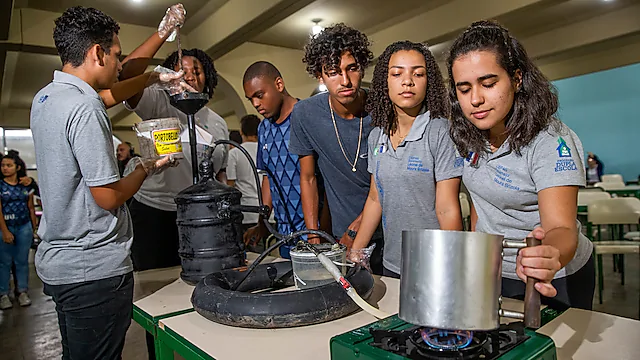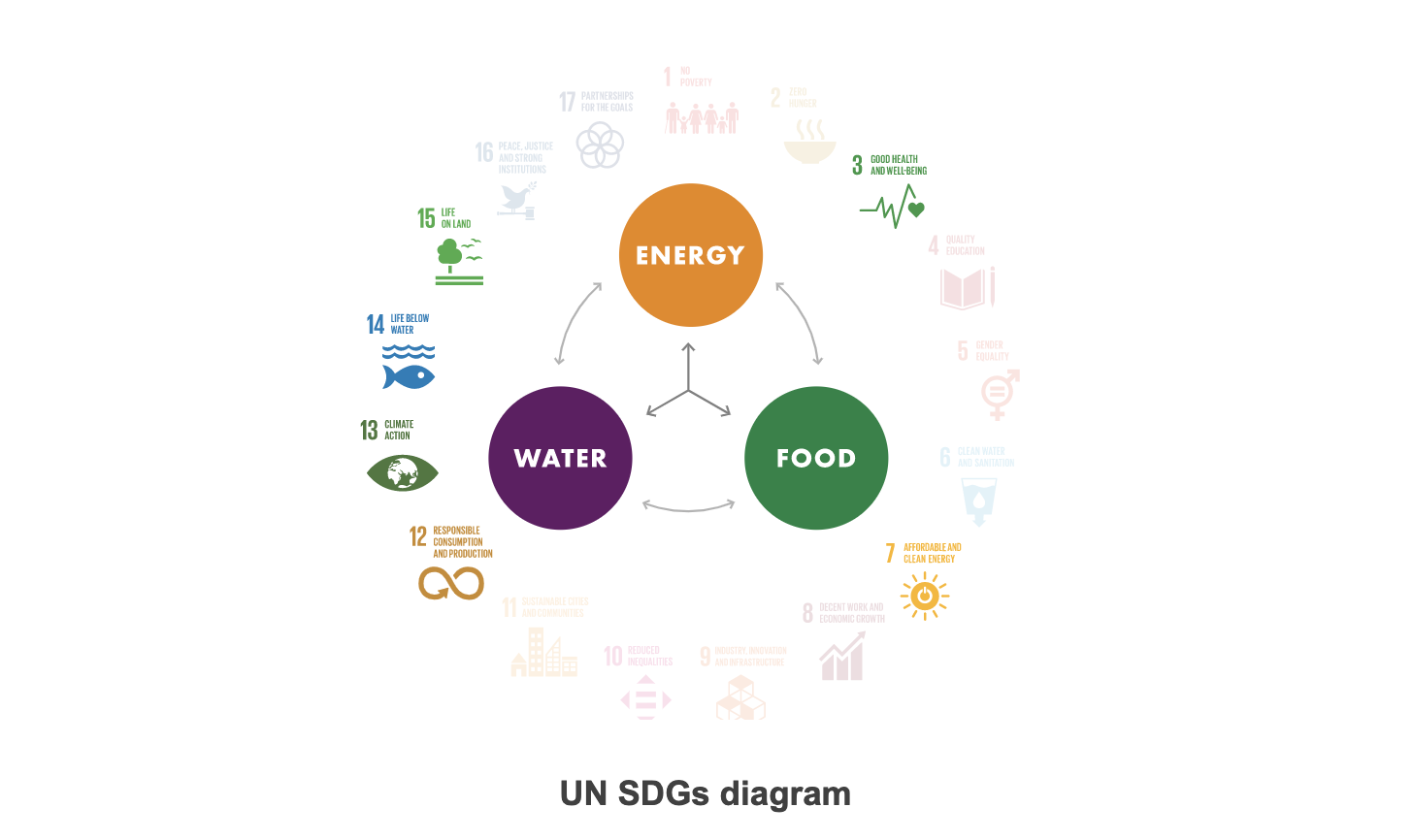NXplorers students in Niterói, Brazil, developed an integrated project that reduced and recycled waste in their school, ultimately to redirect waste away from the growing pollution building up in the Guanabara Bay area.
One of today’s global challenges is the accelerated increase in waste production and the consequent use of dumps and landfills in large urban centres, which causes many environmental and health problems.
Waste management is a permanent issue for the population of the cities around the Baia do Guanabara (Guanabara Bay), such as the municipality of Niterói. It is estimated that 500 million litres of untreated leachate (liquid that drains from landfill) is dumped into the waters of the Bay each year. The Bay is undergoing significant ecological degradation as a result, due to poor water quality and alteration to the natural habitat.
Using NXthinking and the NXplorer tools, the students looked at how they could change food disposal habits in their school community. They came to understand the interrelation between food, energy and water, and were able to promote sustainable solutions, where before they could only see problems.
These are the steps they went through to redirect their food waste…
The students established a waste separation process. In addition to recyclables, they also separated organic materials and leftover cooked food, helping to reduce the amount of material sent to dumps and landfills.
The leftovers of fruits, vegetables, and leafy greens were destined for the composter bins. They were deposited in boxes placed on earth, and the microorganisms present in the soil, with the help of worms, processed the waste into humus (compost). The leachate, a liquid produced in the decomposition process, was collected, diluted, and used as fertilizer in the school gardens and vegetable garden, to help the plants grow.

The remains of cooked and processed food were placed in a biodigester, built by the NXplorers students from recycled items. The fermentation and decomposition process within it generated methane gas, a biogas, which was subsequently used as fuel for one of the school’s stoves.
The students created a campaign to engage their colleagues in the cause. They showed how proper disposal of waste and attention to food production could be more sustainable and lead to a healthier life. Not only was less waste sent to landfill, but they also created a clean energy supply which decreased emissions, produced fertilizers which improved the quality of their school meals, and were able to prevent further waste entering Guanabara Bay.

Not only was less waste sent to landfill, but they also created a clean energy supply
The project started with a problem inside the school, but developed to help solve the growing pollution experienced in the local region, by changing habits relating to the consumption and destination of waste. The overall project contributes to the UN SDGs 3, 7, 12, 13, 14 and 15.
3. Good health and well-being
Ensure healthy lives and promote well-being for all at all ages
7. Affordable and clean energy
Ensuring access to affordable, reliable, sustainable and modern energy
12. Responsible consumption and production
Ensuring sustainable consumption and production patterns
13. Climate action
Take urgent action to combat climate change and its impacts
14. Life below water
Conserve and sustainably use the oceans, seas and marine resources for sustainable development
15. Life on land
Protect, restore and promote sustainable use of terrestrial ecosystems, sustainably manage forests, combat desertification, and halt and reverse land degradation and halt biodiversity loss.

Diagram of the United Nations’ Sustainable Development Goals numbered in a large circle, each with a smaller diagram below to represent the specific Development Goal. All of the Development Goals are faded, apart from six of them:
3. Good health and well-being
7. Affordable and clean energy
12. Responsible construction and production
13. Climate action
14. Life below water
15. Life on land
Within the circle there are three circles in a triangle formation reading ‘Energy’, ‘Water’ and ‘Food’, with arrows to show how they are all interconnected.